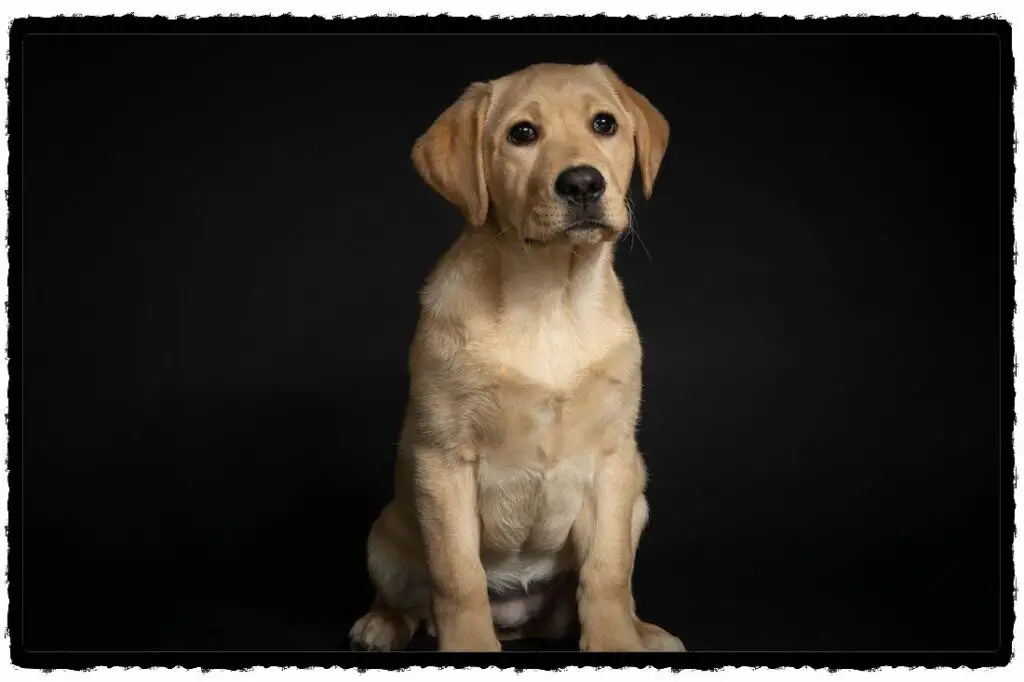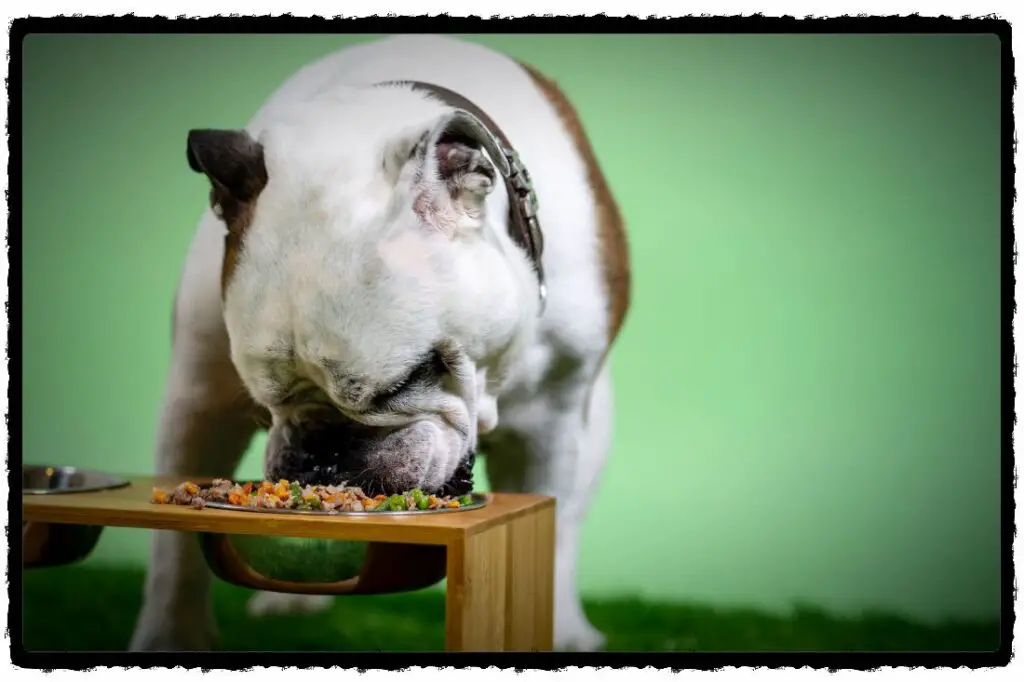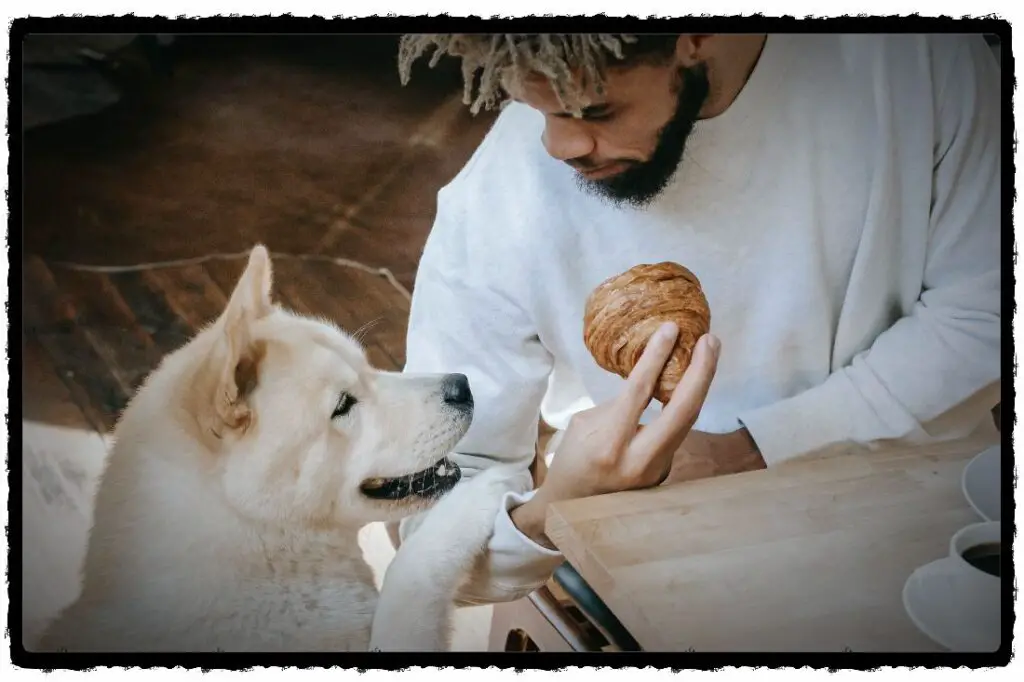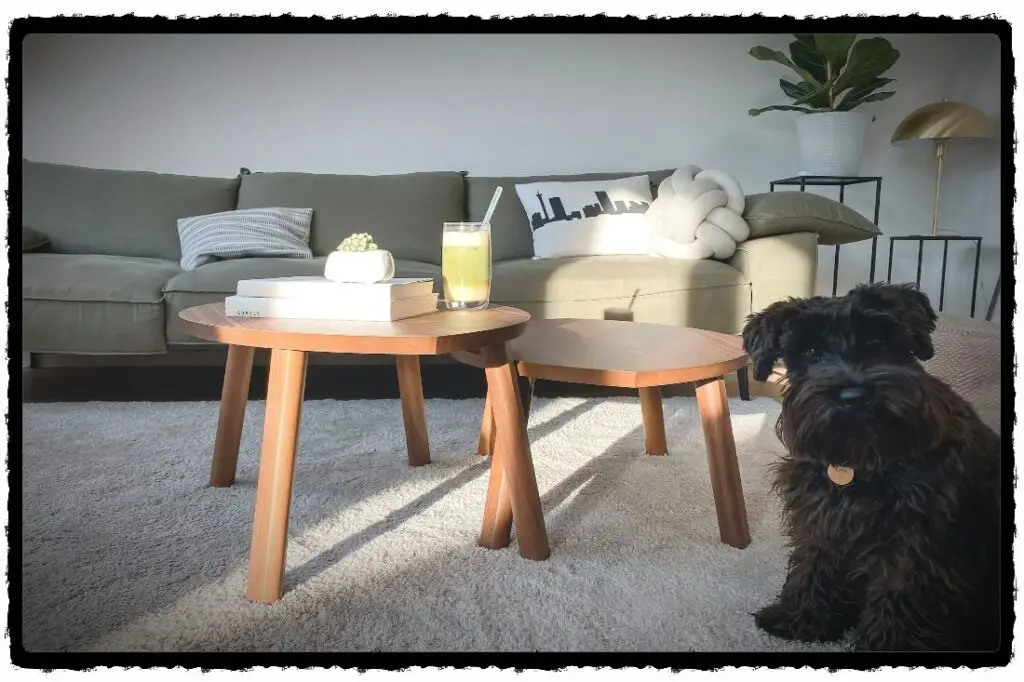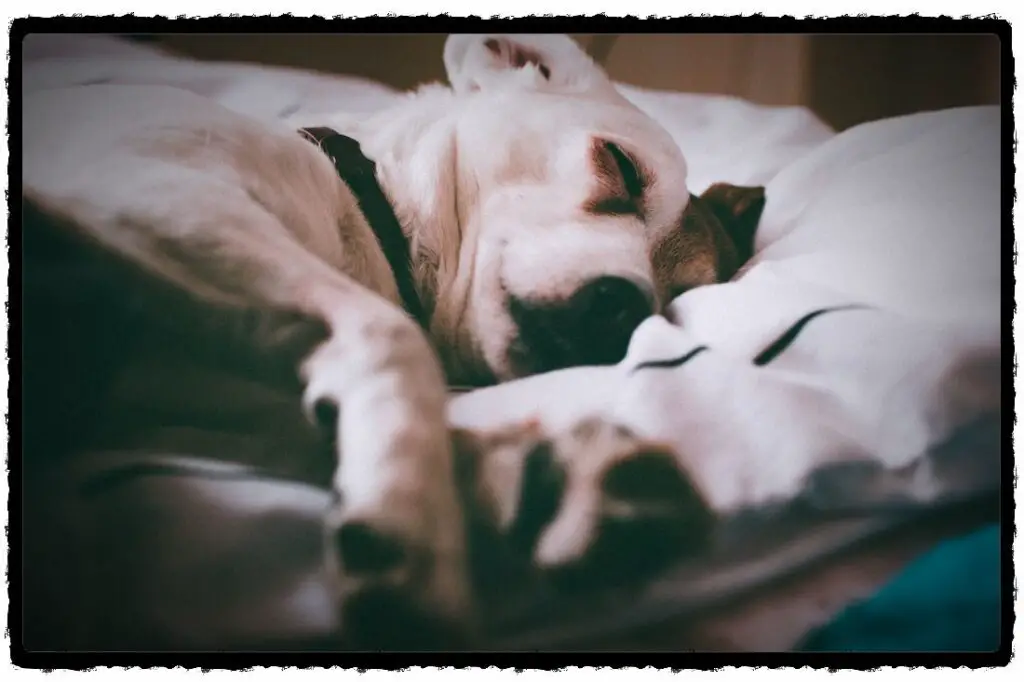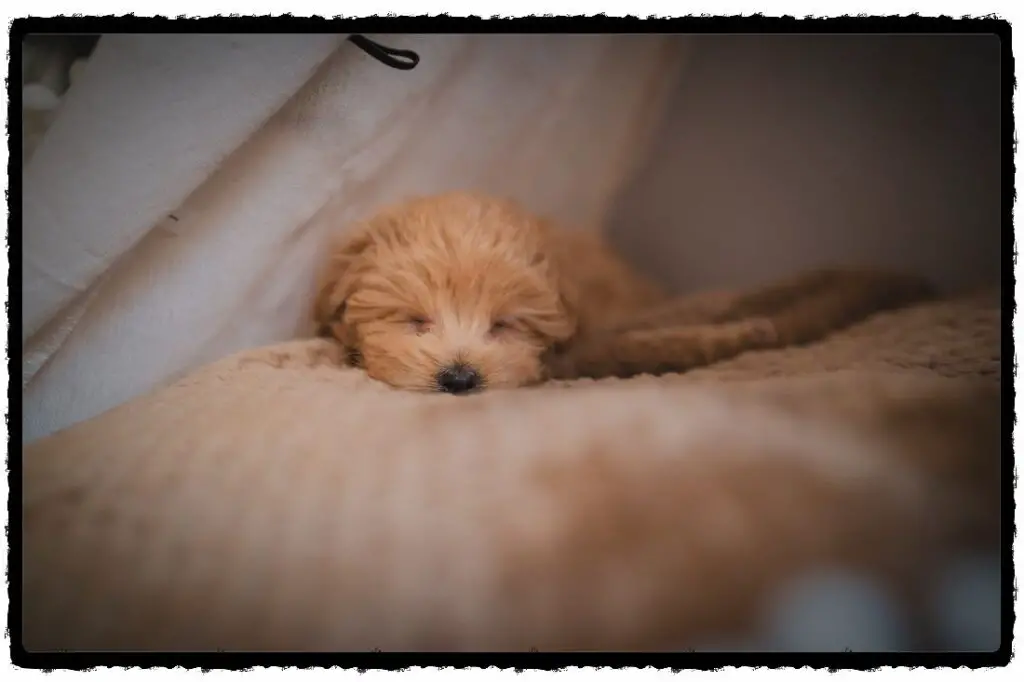Potty training a puppy at night can be a lot of work, but it’s worth it. Puppies are like babies who require your attention and care 24/7. But this time will pass within the blink of your eyes. You just have to follow a routine for a few months.
A new puppy needs time to adjust to a new environment, and you have to be there for him. The nights when you are potty training him will be difficult initially, but as your puppy grows, things will get easier.
When Do You Start Nighttime Potty Training Of Your Puppy?
You can start potty training a puppy at night while potty training him in the daytime. Usually, when the puppy is 12-16 weeks old.
Before the age of 12, your puppy will spend most of the day sleeping. It will be a cycle of sleep, wake, potty, eat, play, potty, sleep. This cycle will continue for 24 hours. So, you can put a doggie diaper on your puppy.
Start potty training (and nighttime potty training) when your puppy is more than 12-week-old so that he can have some control over his bladder and will sleep for most of the night.
Bedtime Routine Is A Part Of Potty Training At Night:
Your puppy’s time before bedtime also counts as a part of potty training.
- Your puppy should have dinner (last meal) at least 2-4 hours before bed.
- The puppy should not drink water for at least 2 hours before bed.
- Give your puppy a bathroom visit immediately before bed so he can sleep for longer.
How Long Can Puppies Hold Their Pee At Night?
Puppies will hold their bladder for one hour every month of their age. Small breed puppies will require a potty break a little sooner.
However, this varies from puppy to puppy. Every canine has its routine. In our base article, “how to potty train a puppy,” we ask dog owners to watch the puppy like a hawk and track his routine.
The best way is to note down the routine.
You should keep track of your puppy’s routine; you should know that for how long he can hold his bladder. So keeping an eye on your puppy’s practice and writing down his schedule is crucial.
How Many Potty Breaks Does A Puppy Need At Night?
The number of potty breaks your puppy will require, depend upon his age, routine, and the amount of water and food he had in the evening.
At nighttime, the above formula applies for the first potty break. After the first break, your puppy won’t drink water or eat food so that the second potty break will have more time.
Let me make it clear with an example.
Say your puppy is 12 weeks (3 months) old, so he can hold his bladder for around 3 hours. (A 12-week old small breed puppy can keep it for about 2 hours.)
If he goes to sleep at 9 pm after a potty break, you will set the first alarm for 12 o’clock. Then you will put your puppy to bed again. The next potty break will not come after 3 hours; you can let him sleep for four straight hours or more.
As your puppy grows, the time between the potty breaks will increase until he can sleep through the night.
Steps To Potty Train A Puppy At Night?
Here’s the summary of how to potty train a puppy at night;
“Remove your puppy’s water and food bowl at least 2-3 hours before bed and take him to the potty spot before he sleeps. Set alarms for night potty breaks according to your puppy’s schedule and take him to the potty spot. Reward him with a treat for doing the job in the right place. Then put him back to sleep immediately.”
Now, let’s dive deep into the details.
1- Set Alarms According To The Routine Of The Puppy
First, let your puppy have dinner at least 2-4 hours before bed and remove his water bowl at least 2 hours before bed. Give him a potty break right before bed and put him to sleep.
Say your puppy is 12 weeks old, and he needs a potty break after every 3 hours (it can vary according to your own puppy’s routine).
Set your first alarm for midnight if he is sleeping at 9 pm. Set a second alarm for 4 am, and the next potty break will be right after he wakes up.
2- Pre-Arrange Everything You Need For The Potty Break:
Before going to bed, prepare for the potty break, so you don’t have to run for anything at night. Things like:
- Slippers
- Puppy leash
- Treats
- Door keys (if you have to unlock a door to go out)
- Puppy pad (if you are using one)
3- Wake Him Up And Carry Him To The Potty Spot:
When the alarm rings, wake up, open the crate, put your puppy on a leash and carry him to the potty spot.
Do not turn on a bright light or make a loud noise. Otherwise, you might have a hard time putting your puppy back to sleep.
4- Say Your Fixed Potty Command:
You must have a fixed potty command for your puppy, like, “go potty.” Having a fixed command will make it easier for your puppy to follow the instructions even when he is too sleepy.
5- Reward With A Treat But Not Praises
When your puppy does the deed, immediately reward him with a treat. Do not praise him loudly as you would in the daytime or when he is awake. Praising may make him wide awake, which you wouldn’t want.
6- Immediately Put Him Back To Sleep:
After the potty break, put your puppy back to sleep and close the crate door. Do not make it a playtime.
How Long Should I Wait Outside For My Puppy To Pee At Night?
The nighttime potty break should be quick but calm. You can wait for 2-5 minutes for your puppy to pee outside. Keep repeating the potty command but calmly.
But what if he is so sleepy that he lays down and doesn’t pee? It doesn’t mean he doesn’t have to go. He is sleepy. So repeating the potty command and making him stand again with your hands or leashes should help.
This post may contain affiliate links. Please read our full disclosure here.
What To Do If The Puppy Had A Potty Accident At Night?
If your puppy had a potty accident before your alarm rings, he needed a potty break earlier. So, immediately clean up the potty accident with an enzyme cleaner and take your puppy to the potty spot if he needs to do more. If he doesn’t, it means he has finished.
Clean up the bedding with an enzyme cleaner and change your alarms for the next time.
There are a few other possible reasons for this happening, he had water before bedtime, or you didn’t take him to the potty break before bed. Also, check if he was awake before peeing in the crate? A pet camera can be super helpful in the nighttime potty training of a puppy.
Tips To Help You Thrive Nighttime Puppy Potty Training:
Here are a few tips to help you out in potty training your puppy at night.
- Put easy-to-clean bedding, preferably a waterproof sheet, in your puppy’s crate that is super easy to clean if your pup has an accident during the night.
- You need to set realistic expectations with your puppy, so you don’t yell at him. Yelling makes things worse.
- Don’t make night potty breaks a party time. Don’t praise or shout.
- Keep the crate near you to be more responsible in taking care of your puppy.
- Don’t talk, whisper. Whispering will not make him wide awake.
- Use an appropriate-sized crate as dogs are den animals, and it will help your puppy control his bladder. The crate should be enough for your puppy to sit, stand and turn around. Of course, you will have to change the crate later on, but it’s an excellent investment.
When Should I Stop Waking Up My Puppy To Pee At Night?
As your puppy grows, the number of potty breaks will reduce. For example, at the age of 4-5 months, your puppy will need only one potty break during 8-9 hours of the night. And by the age of 6-7 months, he should be able to sleep throughout the night without peeing.
However, a small breed dog may take more time.
Supplies You Require:
These are some essential things you need for a successful night potty training of your puppy.
- A crate to confine the puppy at night.
- Waterproof sheet to be on the safe side.
- Leash to take your puppy in the potty spot and avoid distractions.
- Pack of treats to reward your puppy for an excellent job.
- Pet camera to track the puppy’s routine and see if he wakes up at night.
Final Thoughts:
You need a fixed bedtime routine for your puppy to potty-train him at night successfully. The goal should be to avoid potty accidents even at night. As your puppy grows, the nighttime potty breaks will decrease until your puppy sleeps through the night.
More helpful resources:

